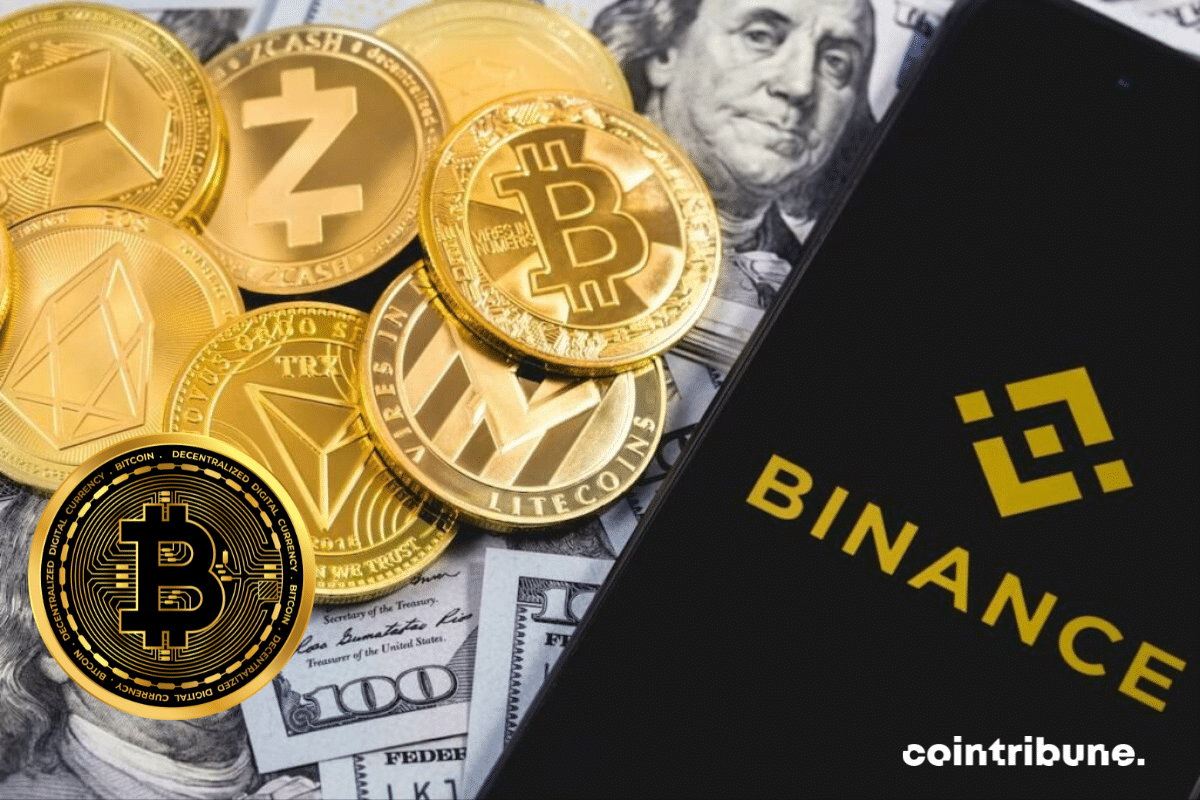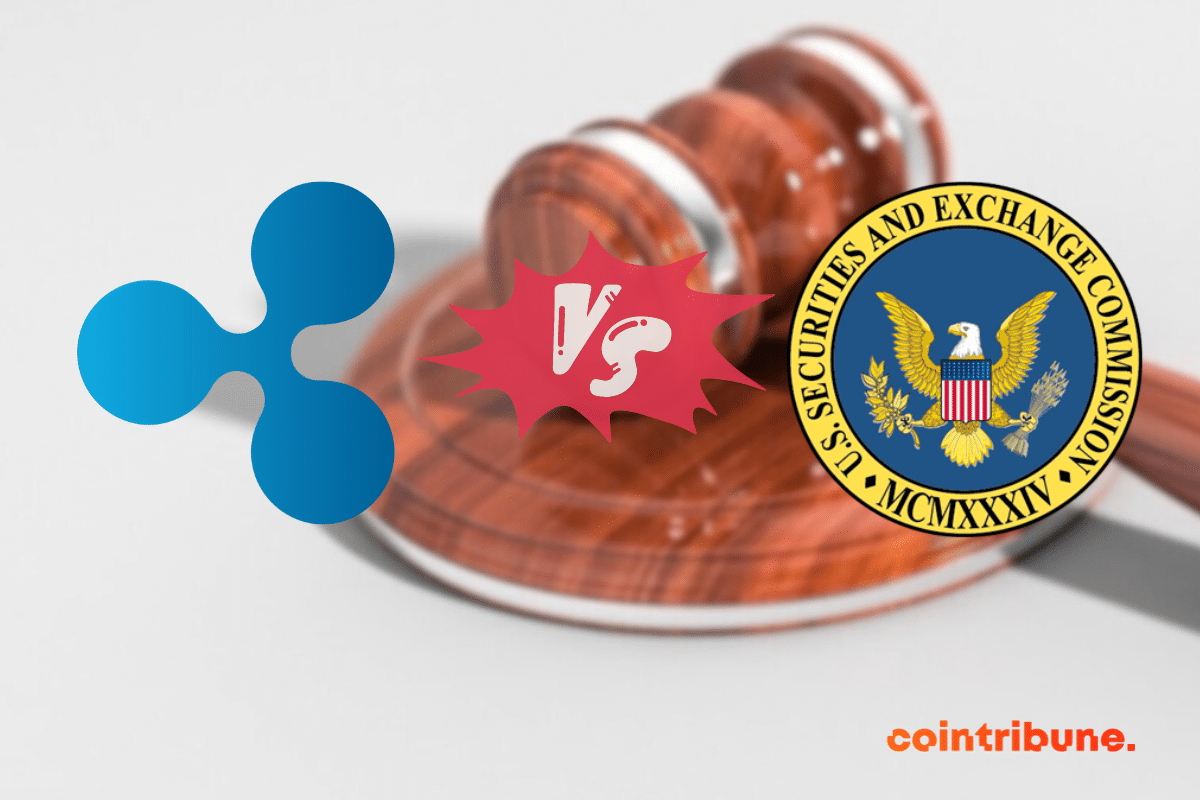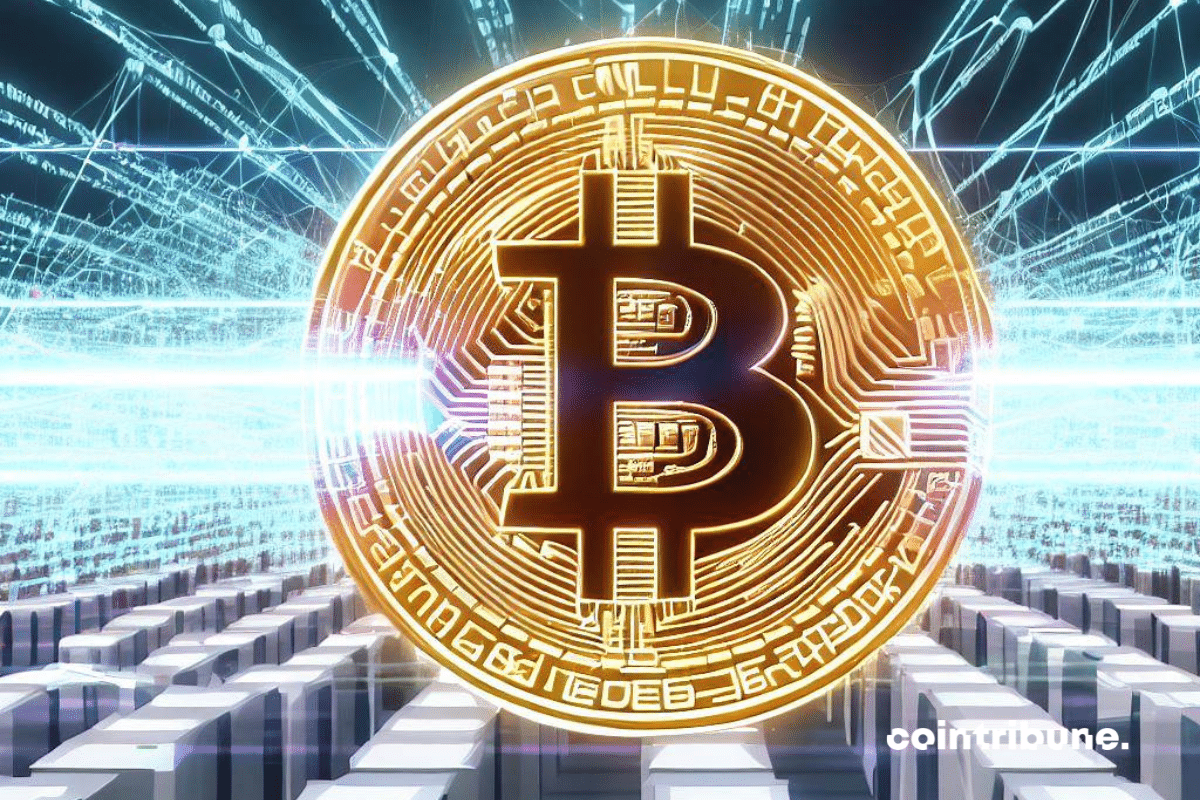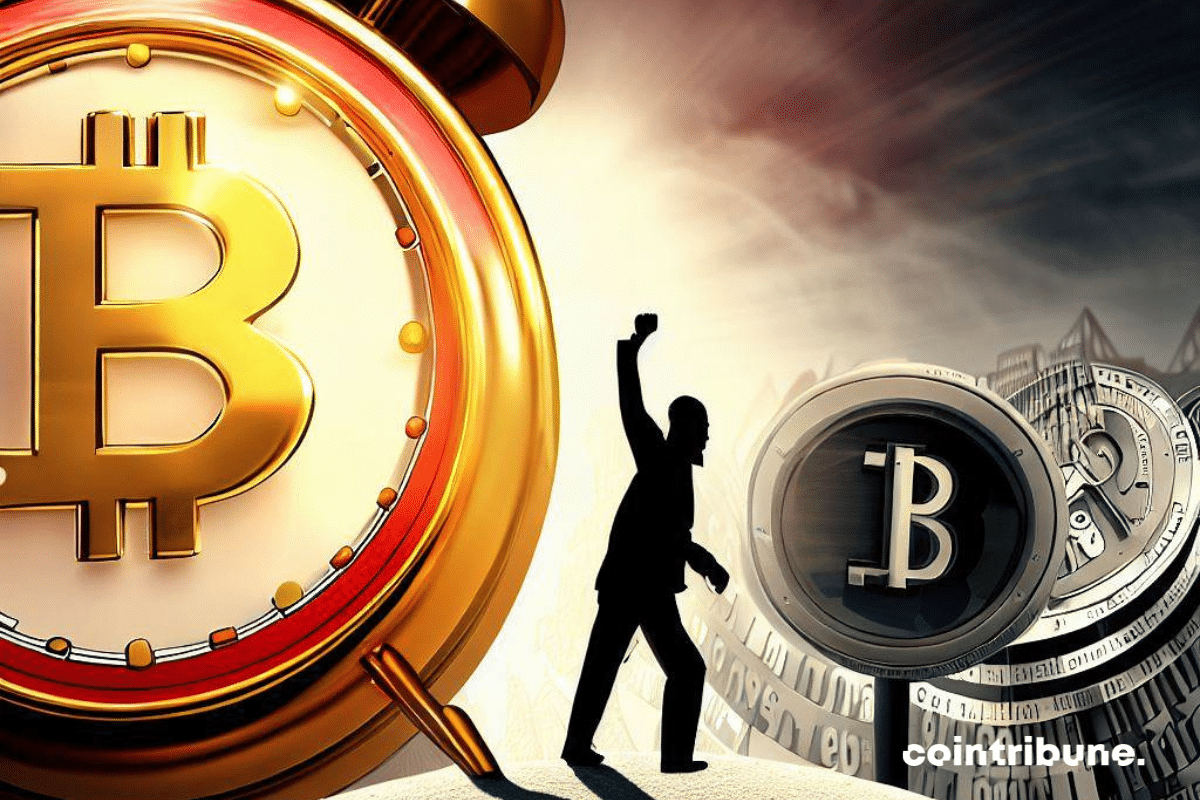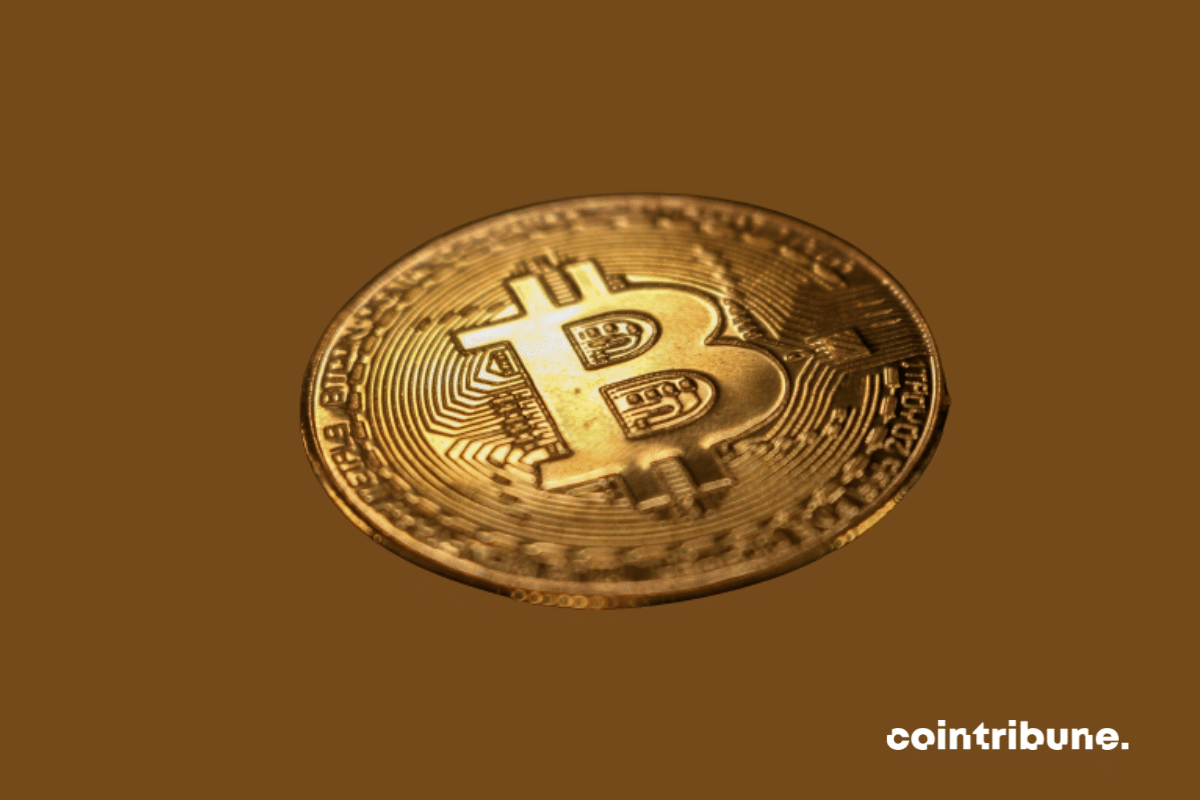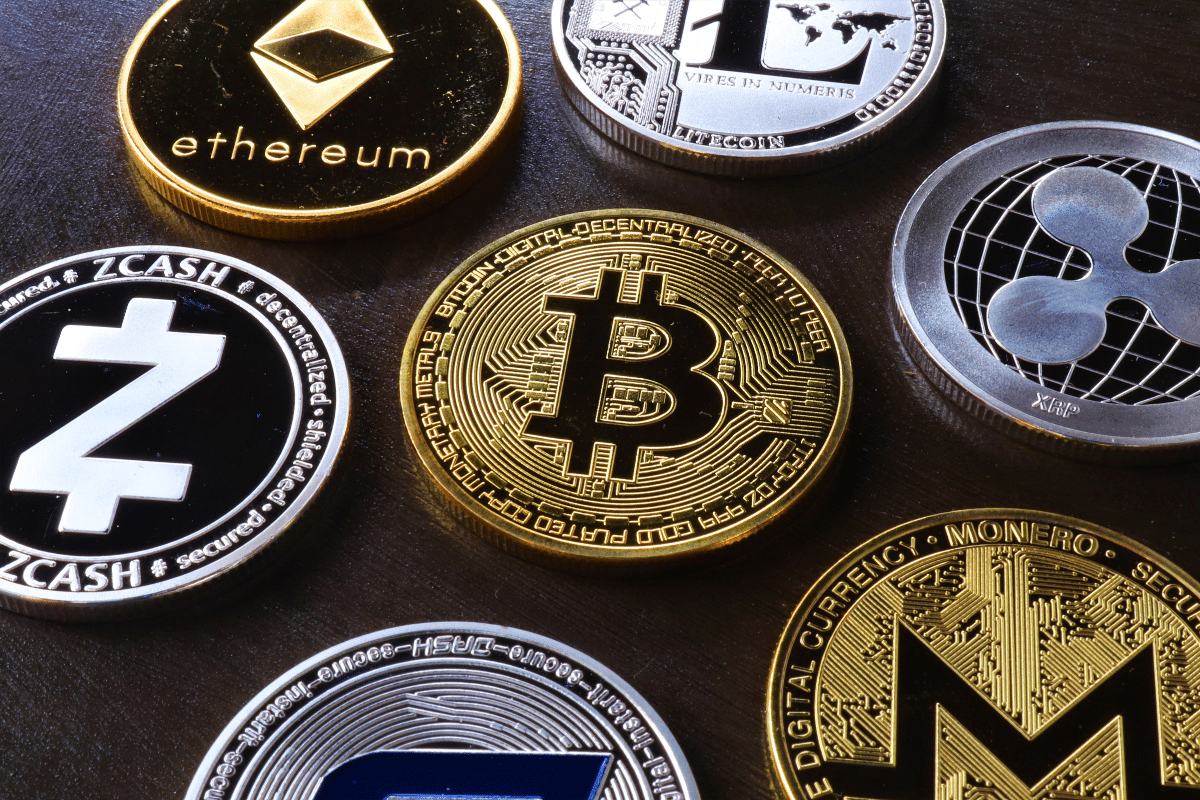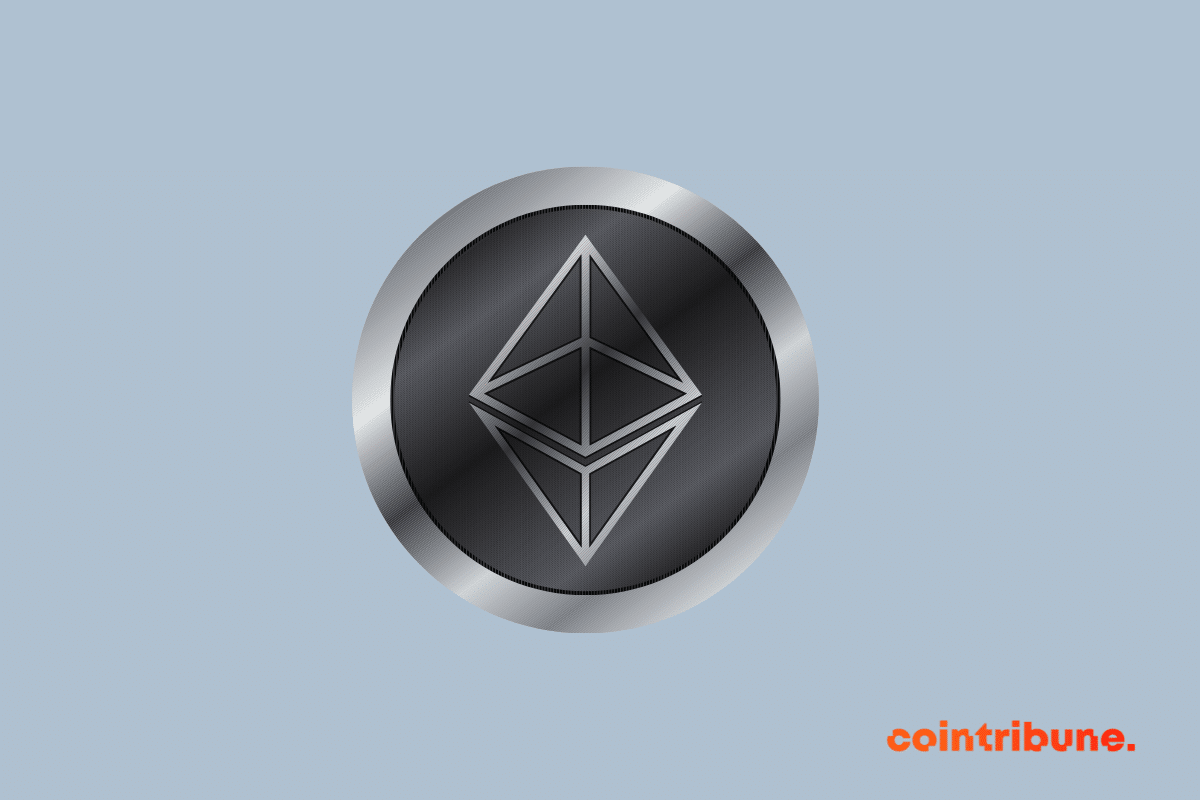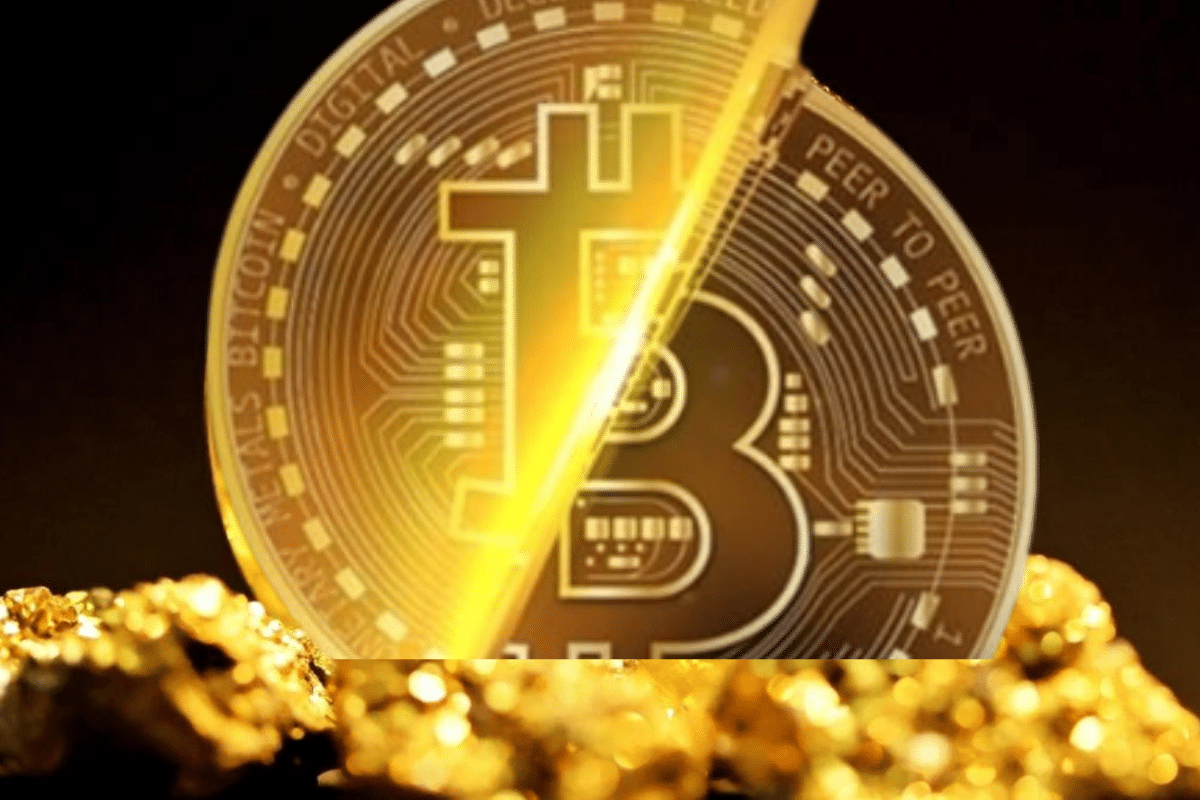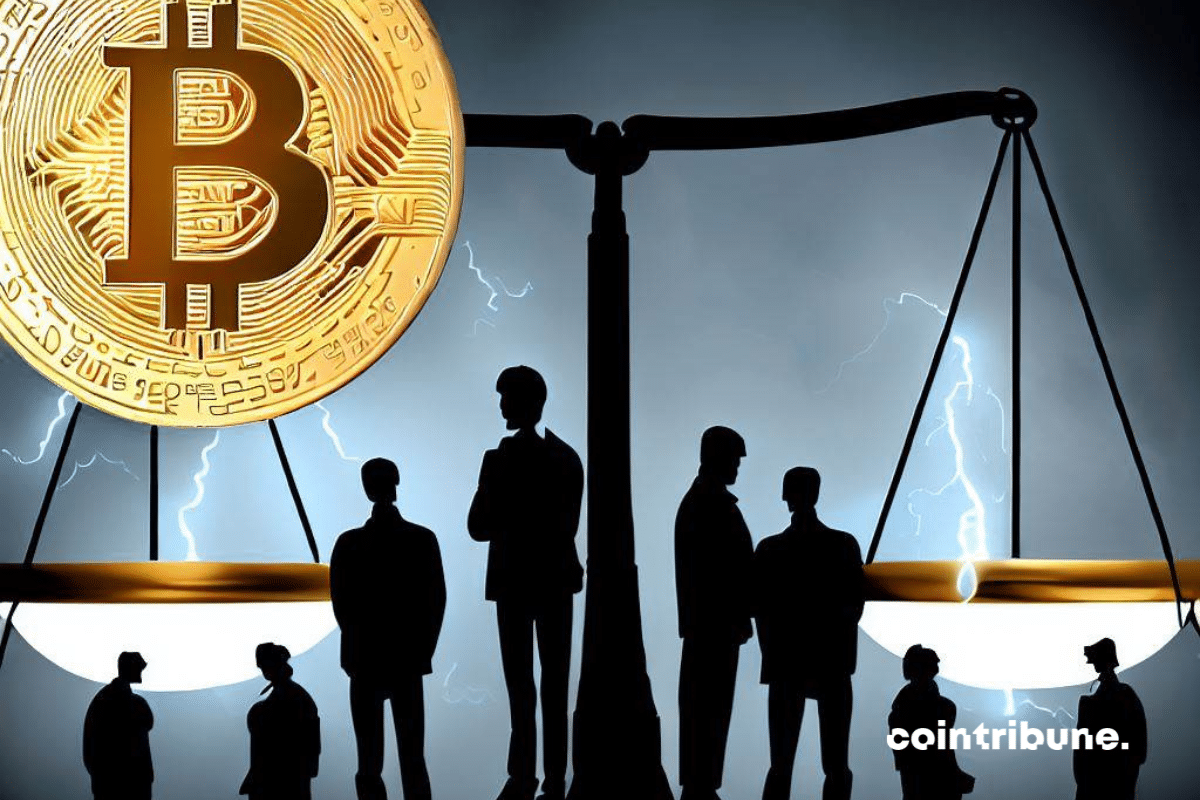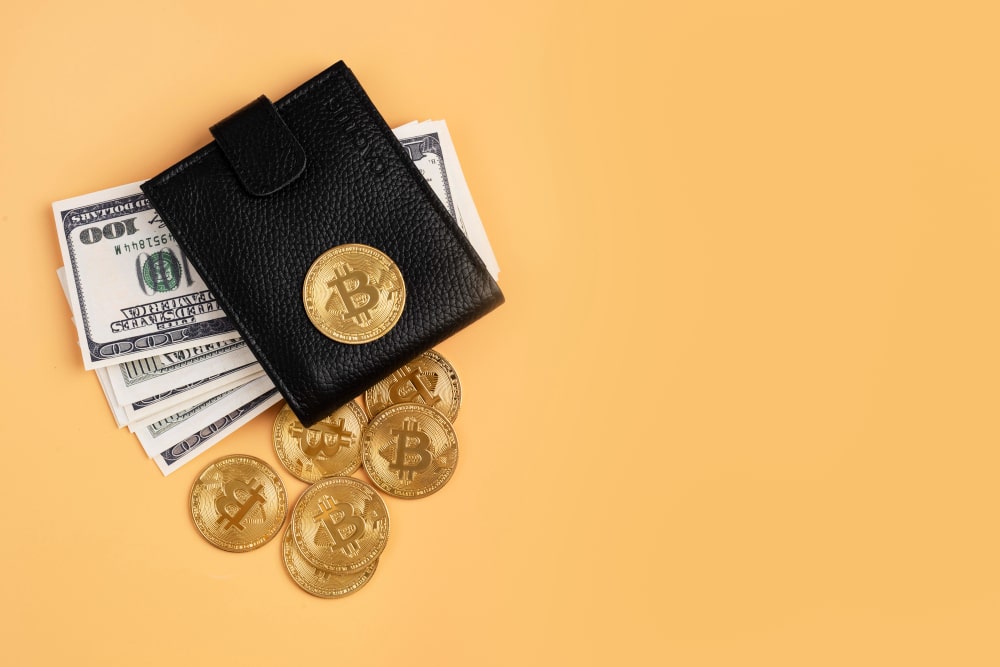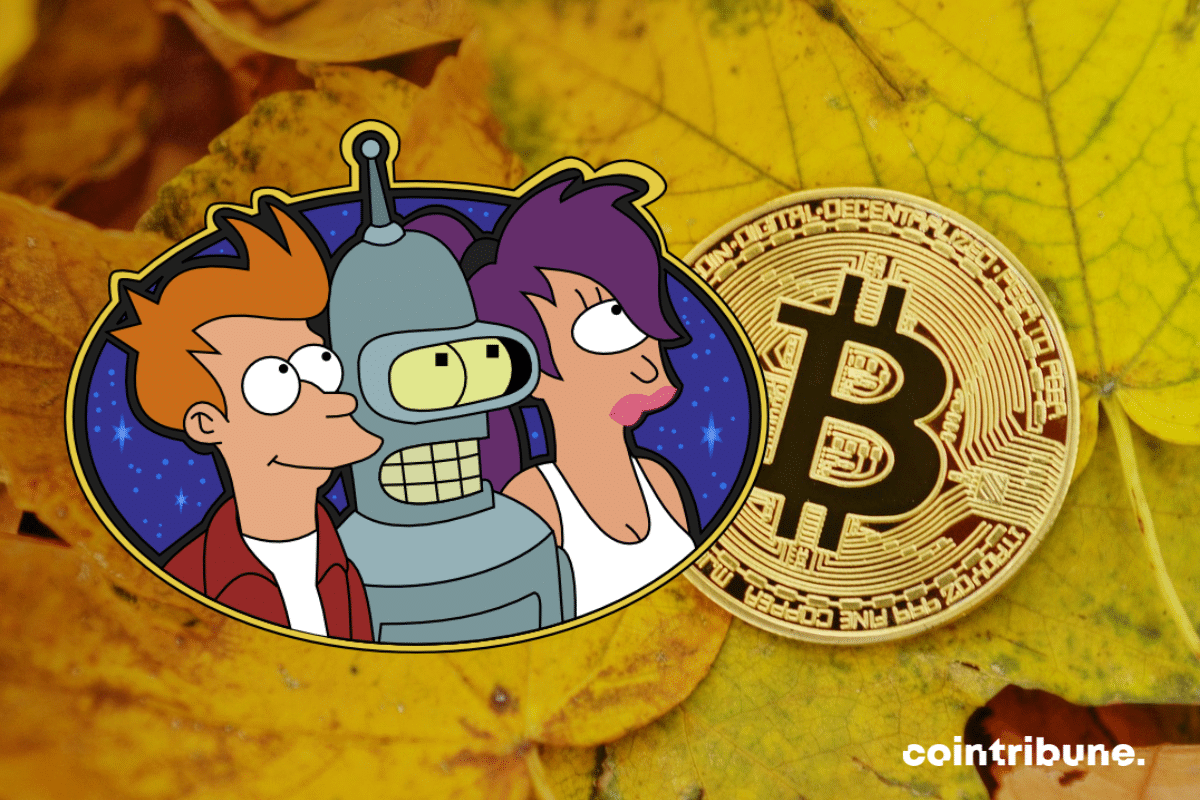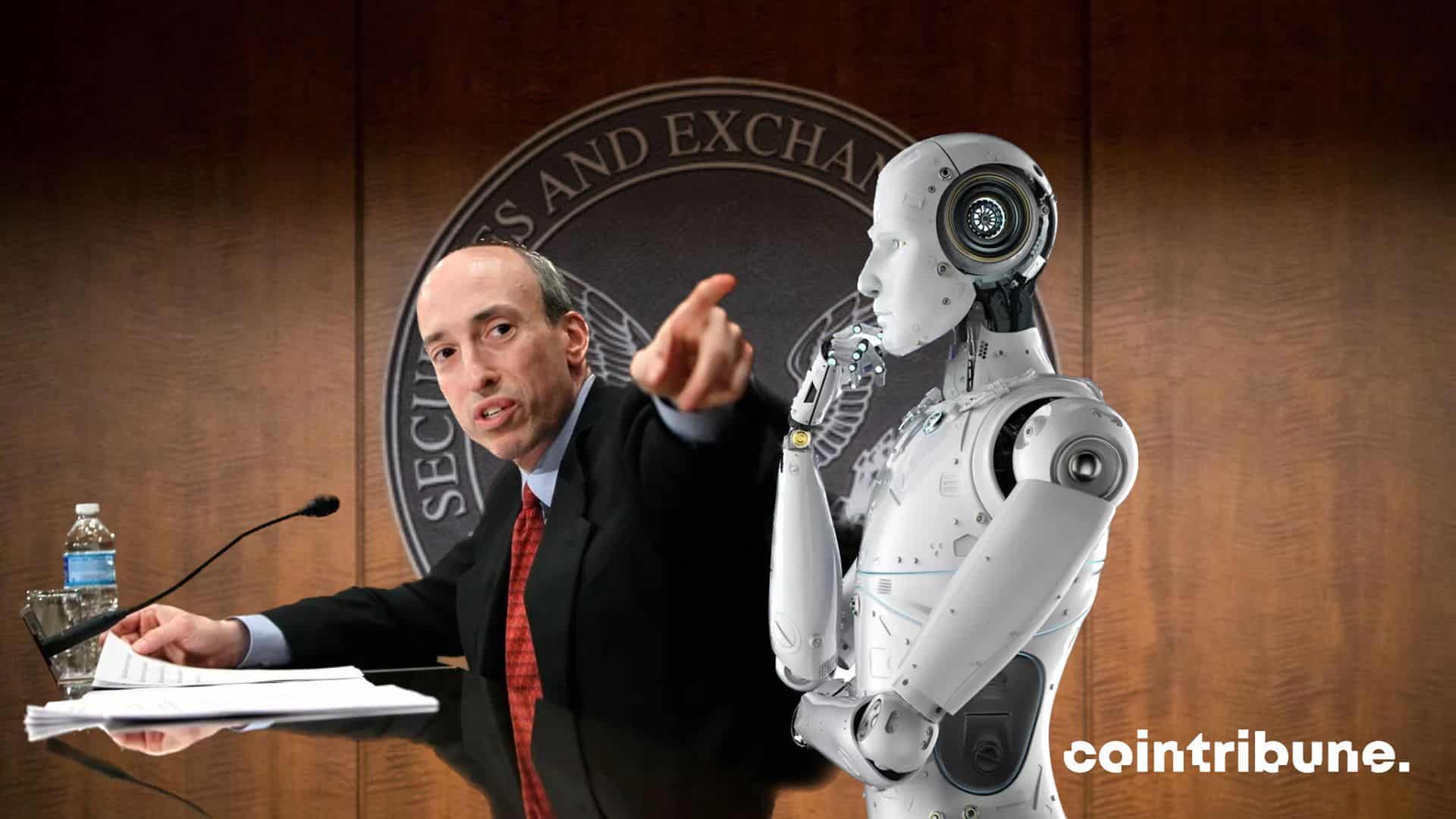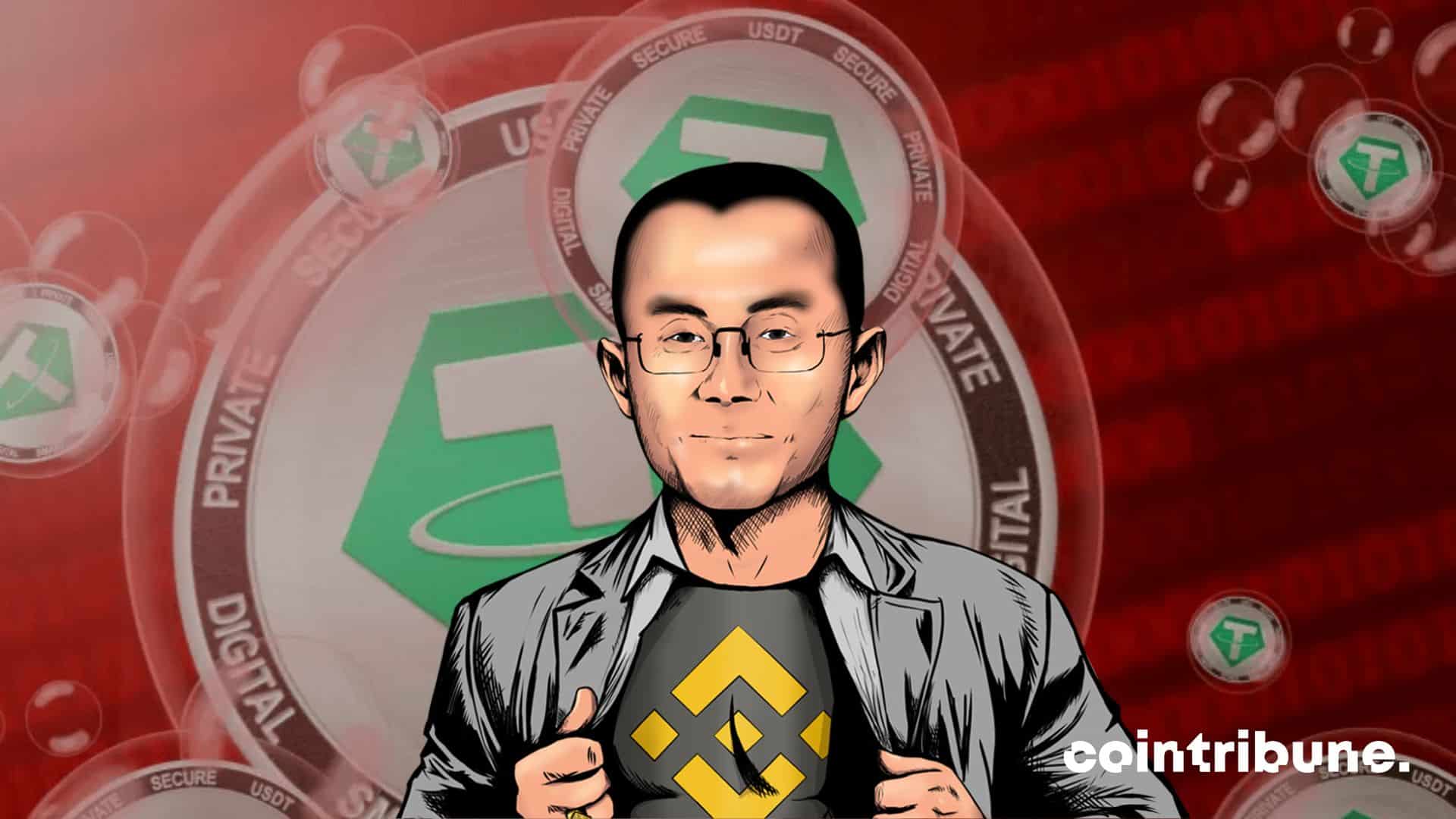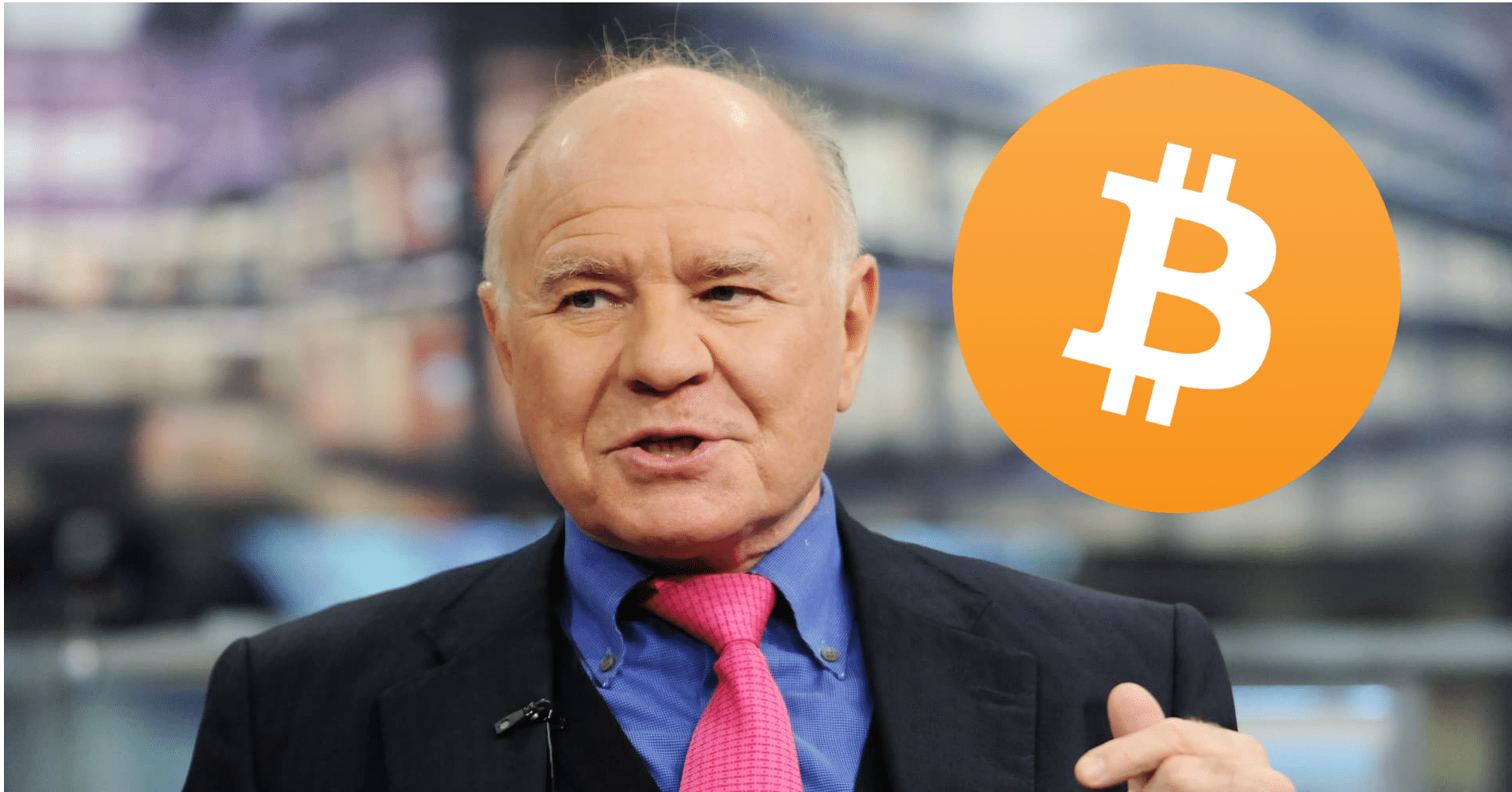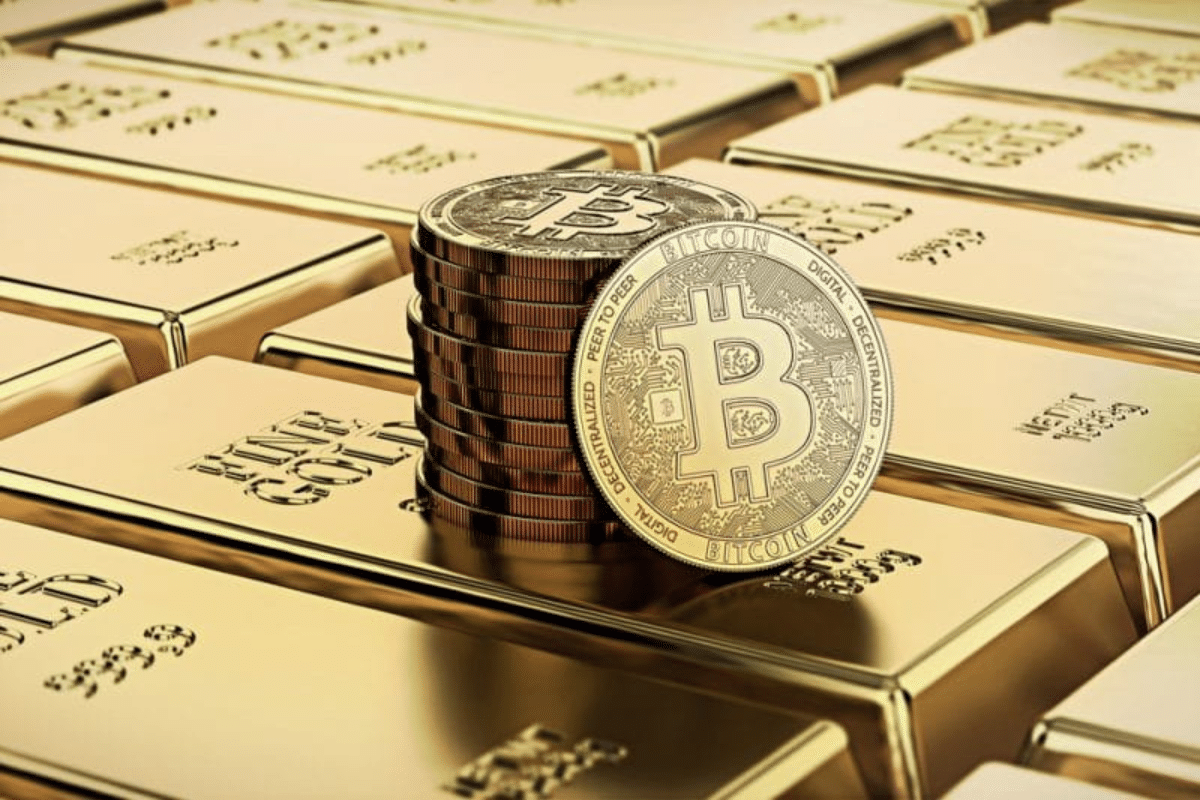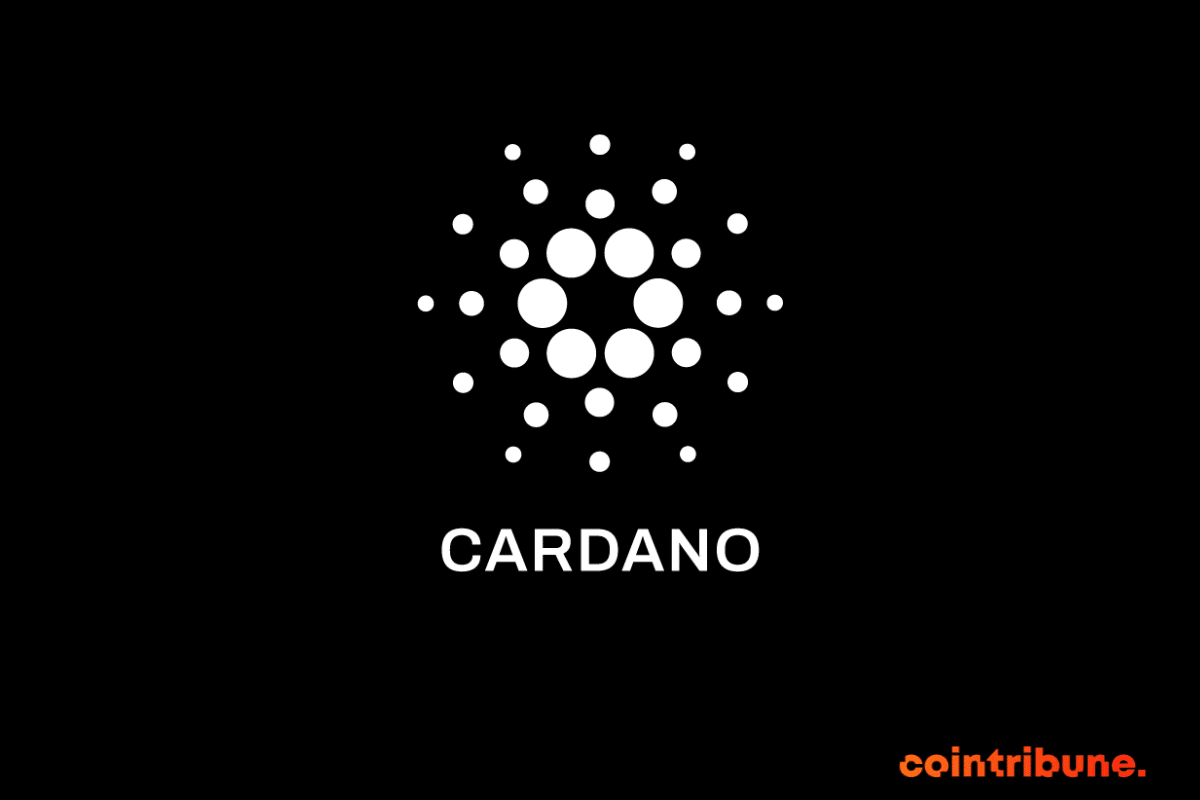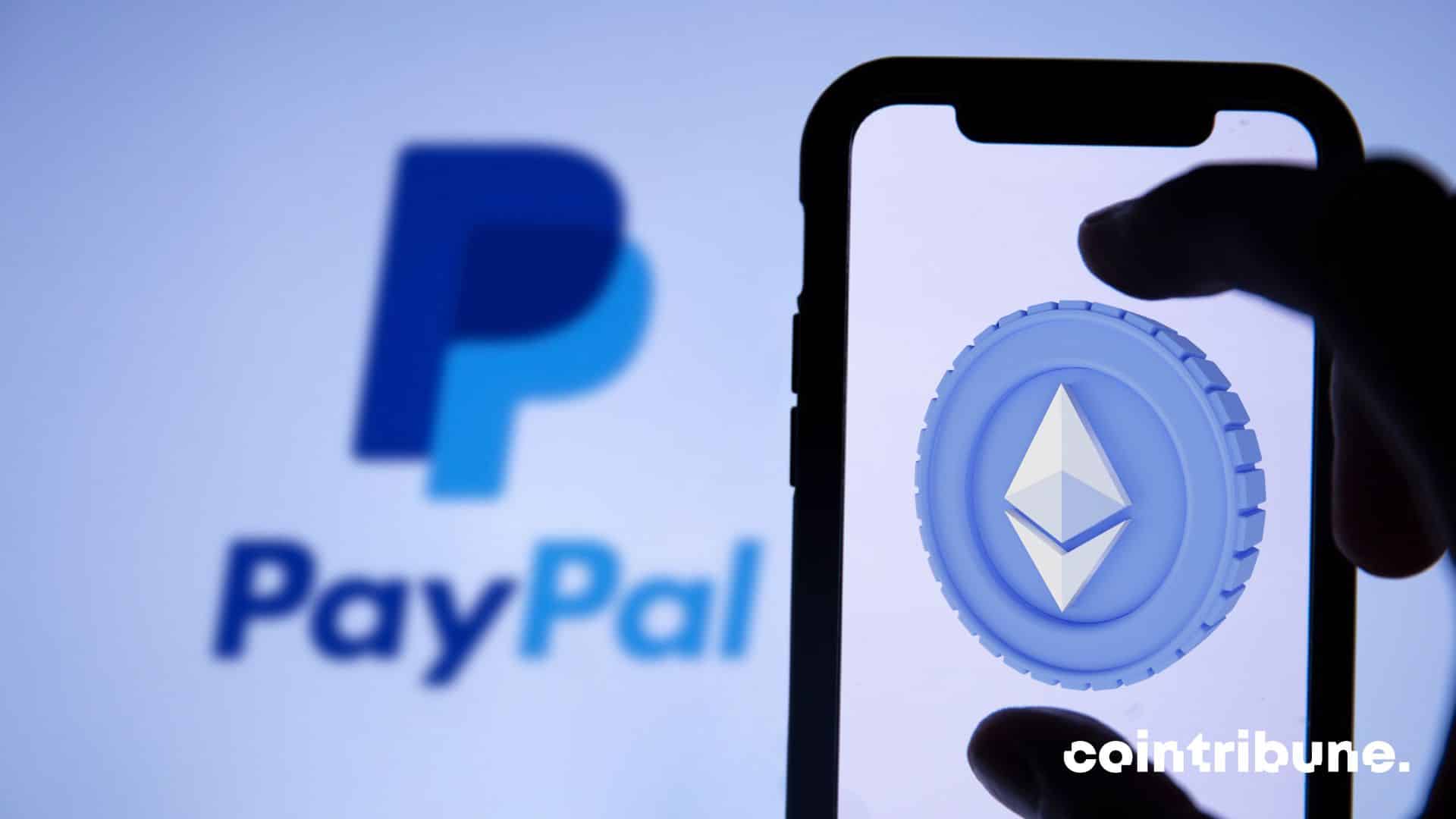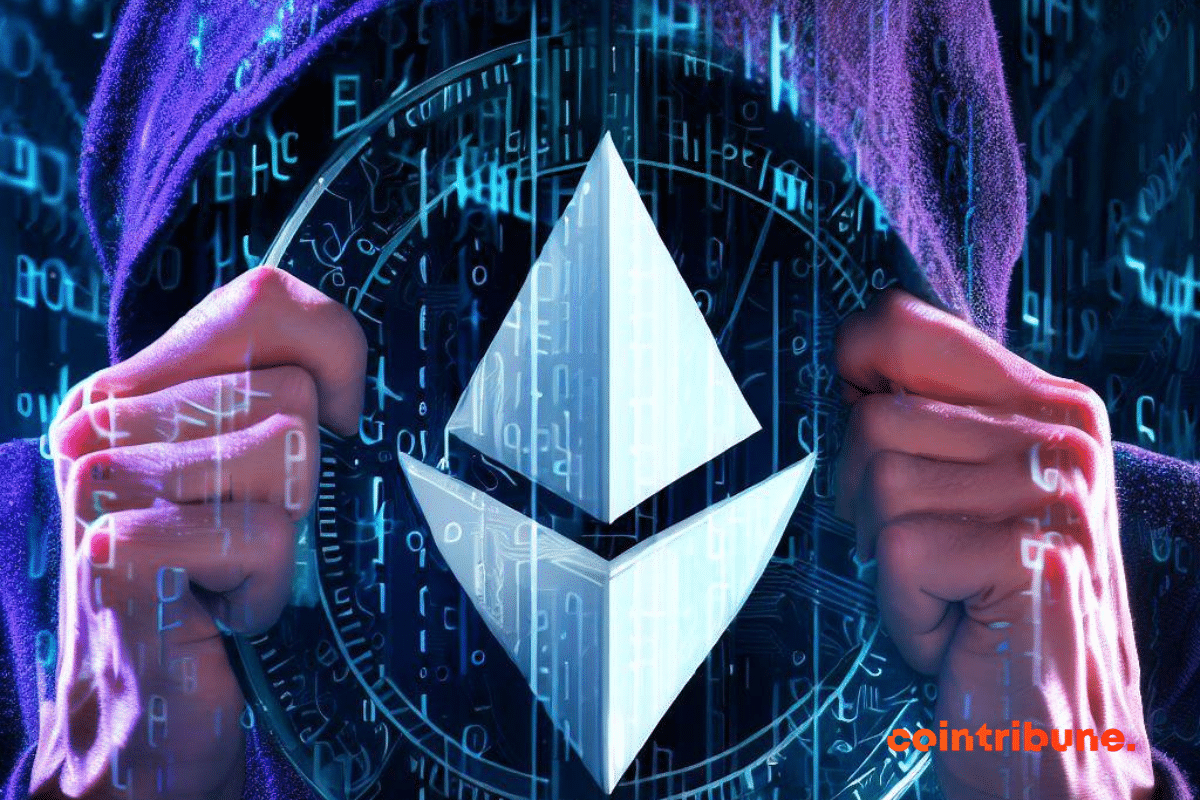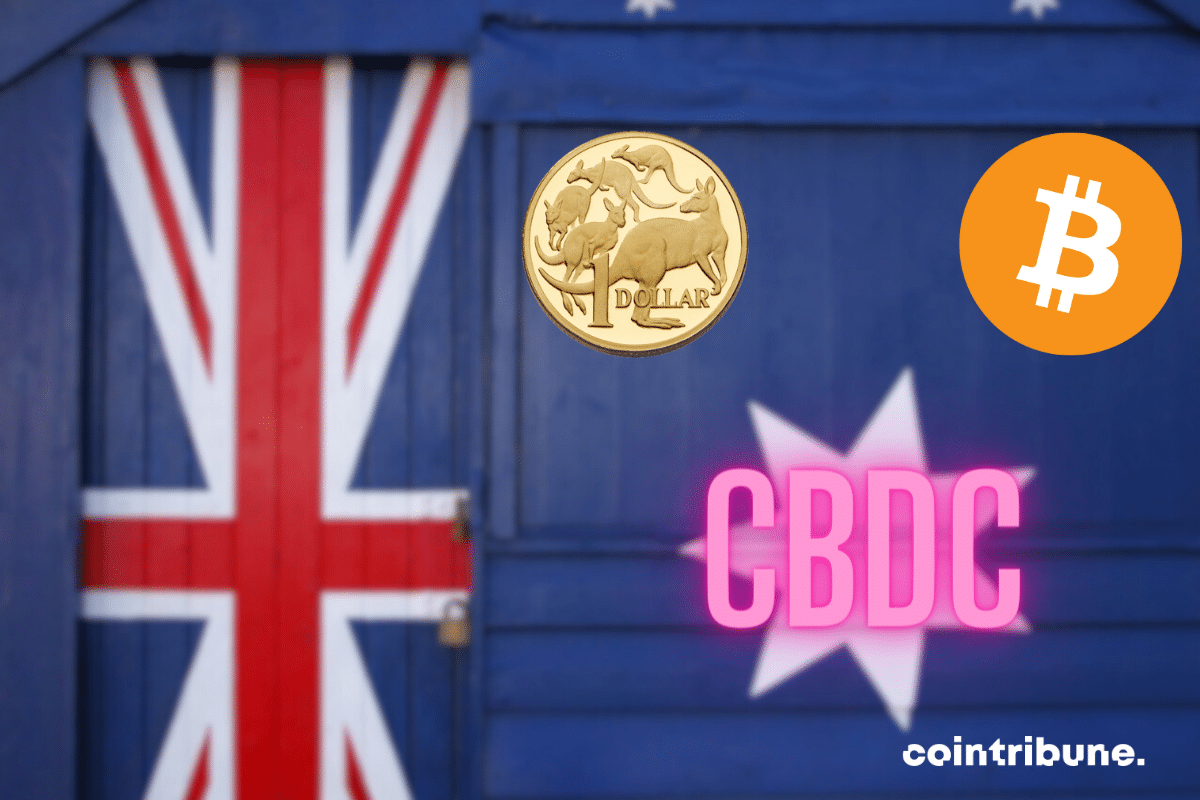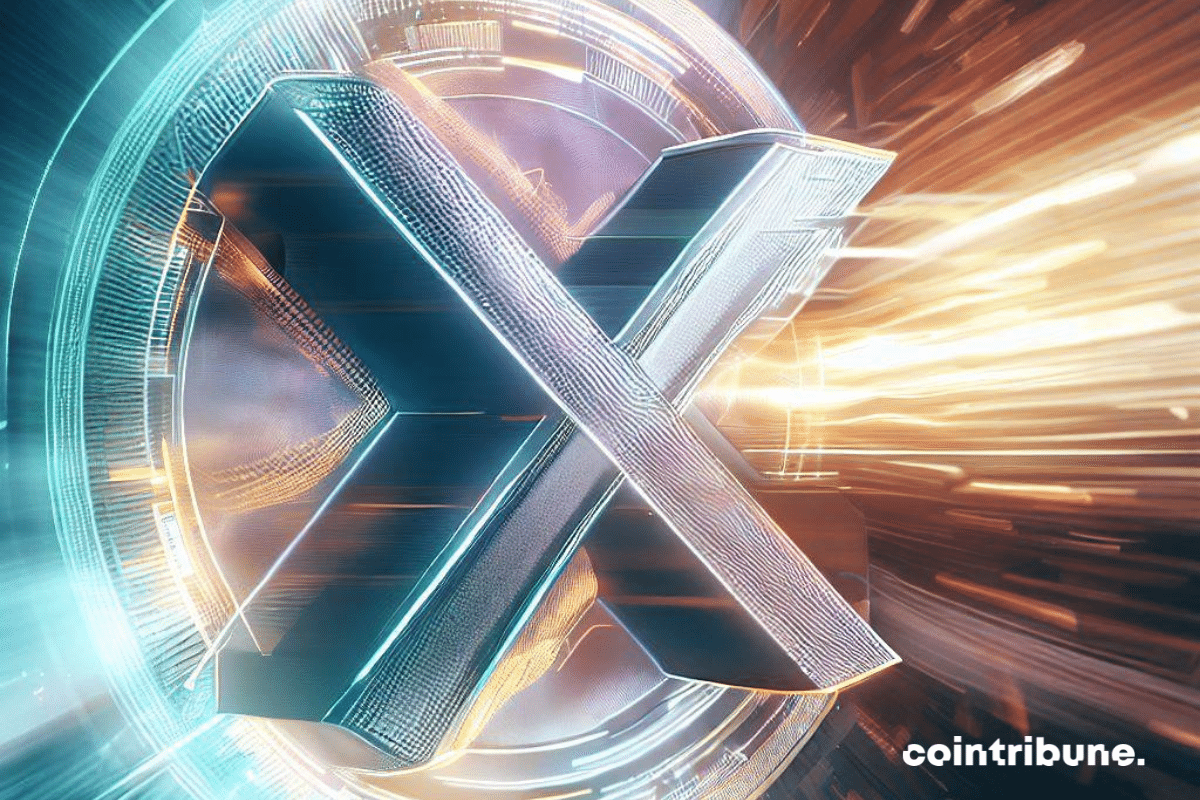Binance, a leading crypto exchange, is surprisingly shutting down its crypto payment service, Binance Connect (formerly Bifinity), barely a year after its launch. Is this a strategic retrenchment tactic or a pressing regulation?
Getting informed
The legal battle between the SEC and Ripple Labs seems never-ending. Judge Torres has approved the request for an investment banker to appear as a declarant in the case between the two parties. The purpose of the declarant is to protect stakeholders in this context of uncertainty, in which the regulator has appealed the decision.
While Bitcoin continues to demonstrate its resilience, the scientific community is making revelations that are highly agitating the quantum threat. Researchers in South Korea and China have reportedly discovered an extraordinary superconductor called LK-99, a material that could be used to create quantum laptops capable of breaking BTC private keys very easily. If confirmed, this discovery could open a new page in the history of cryptography and sound the death knell for the world's most powerful cryptocurrency. Should this superconductor be considered a threat to cryptography? Answer.
The crypto world, vast and complex as it may be, remains a place where innovation continually finds its place. In this frantic race for modernization, Tether introduces a major breakthrough: Moria.
At the edge of our economic landscape, bitcoin is making waves. Robert Kiyosaki has sketched out a startling prediction for 2024 that cannot be ignored.
The sun rises on a new era of financial transactions. As the winds of change blow across the banking sector, Ripple and AWS are poised to launch an unprecedented revolution. The alliance of these two powerhouses heralds a metamorphosis of the monetary landscape, promising to revolutionize the way we send, receive and think about money.
Bitcoin (BTC) is the leading cryptocurrency in terms of market capitalization. Thanks to its many assets, the digital asset outperforms all its competitors and is the preferred choice of many investors. Convinced of its strong potential, some are choosing to invest exclusively in this cryptocurrency, snubbing all other altcoins. Jonathan Kirkwood's Ten31 is one such company or investor betting exclusively on the leading crypto. According to one of its founders, this strategy is proving highly successful.
At the intersection of technology and finance, digital assets and blockchain are emerging as inescapable forces shaping our future. Indeed, from one sector to the next, these technologies are finding more relevant and innovative applications than ever before, promising a freer, more personalized future. But given current trends, what can we expect from the blockchain and crypto industry in the next 3 years? We've investigated the question for you.
Since its launch in 2015, Ethereum has enjoyed a remarkable rise. The platform has established itself as the crypto ecosystem's benchmark for Layer 1 infrastructure. The company's leadership is nevertheless significantly contested. Indeed, with the increased dynamism of the technology market globally, new Layer 1 projects are regularly emerging. Their ambition is to rival or even dethrone Ethereum in this sector. To achieve this, these initiatives propose technological improvements. They also provide enhanced scaling capabilities. Operational advances that generally translate into lower transaction fees for users. In short, they want to do better than Ethereum. But can they? The truth is, it's extremely difficult to predict with any certainty which project(s) will be able to supplant Ethereum. Admittedly, many of these crypto initiatives are not lacking in relevance. However, this is without taking into account the vast operational network that Ethereum has built to establish its market dominance. With that in mind, we'll take a closer look at Layer 1 blockchain technology and the particularities of the one developed by Ethereum. We'll then compare some of the crypto industry's most popular Layer 1 projects with Ethereum's.Pour se faire, ces initiatives proposent des améliorations technologiques. Elles fournissent également des capacités renforcées de mise à l’échelle. Des avancées opérationnelles qui se traduisent généralement par la réduction des frais de transaction exigés des utilisateurs. En somme, elles veulent faire mieux qu’Ethereum. Mais peuvent-elles y parvenir ? À la vérité, il est extrêmement difficile de prédire avec certitude le(s) projet(s) en mesure de supplanter Ethereum. Il faut bien reconnaître que plusieurs de ces initiatives cryptos ne manquent pas de pertinence. Toutefois, c’est sans compter avec le vaste réseau opérationnel qu’Ethereum a construit pour asseoir sa domination sur le marché. Cela dit, nous reviendrons en substance sur la technologie blockchain Layer 1 et la particularité de celle développée par Ethereum. Il sera ensuite question de comparer certains des projets Layer 1 les plus populaires de l’industrie crypto à celle d’Ethereum.
As the eagerly-awaited Bitcoin halving approaches, Bitcoin Strategy analysts unveil a positive outlook. Through the analysis of block time, a remarkable synchronicity emerges, aligning the peaks and troughs of the cycle, where each rotation within this spiral illustrates the halving event. A conjunction that sends out a powerful signal!
In an instant, passions flare, rumors rumble, and the financial world is in turmoil. Bitcoin ETFs, which have recently come under the spotlight, seem to be unleashing all kinds of passions. On the one hand, some are crying wolf, suggesting imminent dangers for investors. On the other, there are those who defend these newcomers as a genuine opportunity. So, between myth and reality, where does the truth lie?
Are your cryptocurrencies really secure? According to a recent report by CER, a company specializing in crypto cybersecurity, the majority of crypto wallets on the market are not really secure. Only three brands have managed to distinguish themselves by conducting rigorous and up-to-date penetration tests.
France's digital horizon is taking on radically new shades, and the country is showing its readiness to anchor itself as Europe's cryptocurrency mainstay. On the threshold of 2024, France unveils its determination and strategy, breathing new life into cryptocurrency regulation.
In an innovative alliance, Microsoft and Aptos Labs are joining forces to explore new avenues in blockchain and digital payments. This promising collaboration opens the door to exciting advances in the ever-changing world of financial technology.
Despite an unstoppable bear market, bitcoin (BTC) is still attracting investors. This infatuation with the flagship crypto is no accident. It's based on the financial relevance the asset has built up over the 14 years of its existence. A period during which the asset has seen its lows. The asset's lowest valuation was $0.001, its first estimated value in October 2009. The flagship crypto has also experienced highs. In November 2021, the price of bitcoin reached a valuation of $69,992. This figure remains, by far, the highest ever reached by bitcoin since it came into existence. Will the leading cryptocurrency return to this level again? Indeed, bitcoin seems to be facing a glass ceiling. Benefiting from the dynamics of the crypto market, the asset has twice reached a price of $30,000 this year. A level that the flagship crypto was subsequently unable to break through. Yet many players in the crypto industry don't seem to trust these trends. Indeed, many of them have repeatedly expressed their optimism in this regard. They believe that, given current economic and financial conditions, the price would explode. Could this be the reason why many asset managers are scrambling to buy as many bitcoins as possible? Find out below.
Just a few months after the initial announcement of the upcoming $CATCH launch, SpaceCatch — the driving force behind this groundbreaking token — has exciting news to share once again. The official launch of $CATCH token airdrops is now underway.
After a 10-year hiatus, the team led by Matt Groening, father of The Simpsons, is back in action. Two weeks ago, the American platform Hulu marked the return of the cult series with the broadcast of “The Impossible Stream”. This was followed by “Children of a Lesser Bog” and “How the West Was 101001”, all about bitcoin, cryptos and NFT.
In an interview, Gary Gensler stresses that we shouldn't underestimate AI's potential to cause future financial crises. He therefore calls for rigorous regulation to minimize the risks.
The scene is the virtual meanderings of the Ethereum blockchain. An unusual transaction emerges, capturing the attention of the community. But what would drive an individual to immolate a fortune? Let's take a closer look at this digital enigma.
Tether (USDT) is the largest stablecoin currently on the markets. Present in the crypto ecosystem since 2014, its position is undeniable. However, USDT's lowest parity since the fall of FTX is being recorded, and this could be the work of Changpeng Zhao, CEO of Binance.
Growing demand for Bitcoin spot ETFs is breathing new life into the price of the largest cryptocurrency of all time. While a potential bitcoin rally is on everyone's lips, the question is how much BTC is still available for sale.
In 2019, Swiss billionaire Marc Faber acquired bitcoins at a modest price of $3800. So far, no information suggests that he has sold his position. Does he still hold his precious Bitcoins (BTC)?
Last Friday, Curve set a deadline for hacker DeFi to return all the stolen money: Sunday August 6 at 8 a.m. UTC. Once this deadline has passed, the team will take drastic measures to hand him over to the appropriate authorities. If the latest news is to be believed, the pirate has returned part of the jackpot. And in the process, he has dared to mock the crypto community by saying that he is "smarter" to evade possible hunts.
Volatility, an emblematic feature of Bitcoin, seems to be experiencing unusual days. The cryptoasset so well known for its erratic movements is currently displaying lower volatility than even the S&P 500, technology stocks and even gold. A surprising phenomenon, but what is it really hiding? Could it be the calm before the storm?
The Cardano blockchain is known as one of the most innovative and promising in the crypto sector. Many investors and analysts appreciate its security and scalability. These assets have enabled Cardano to record remarkable performances, the most recent of which is the considerable increase in its transactions.
It's here: a PayPal stablecoin! If the rumor had already been circulating, the payment company is embarking on a new course and taking the turn towards digital assets. It's time to find out more about this new project.
In the crypto sector, Ethereum presents itself not as an idyllic asylum, but rather as an unsuspected empire of cybercrime. On this digital stage, an alarming manifestation of crime thrives, the titanic scale of which was recently unveiled by insightful researchers.
Australia's leaders have begun to reduce the number of banknotes in circulation in the country. This brings to an end more than 60 years of reign by greenbacks and pennies, which will gradually have to give way to digital money. What substitute for cash: bitcoin, other cryptocurrencies or CBDC? Let's find out!
In South Korea, gold bars can now be purchased as easily as energy drinks. Since September 2022, gold vending machines have been installed in shopping malls by GS Retail. They are accessible on a self-service basis and are very popular with the public! Interestingly, most shoppers are in their twenties and thirties. This brings the debate about access to physical precious metals back onto the table.
In the digital whirlwind of our age, instantaneity is king. X, in its quest to redefine payments, turns to the glittering promise of cryptocurrency. Together, they could forge the future of online transactions.
